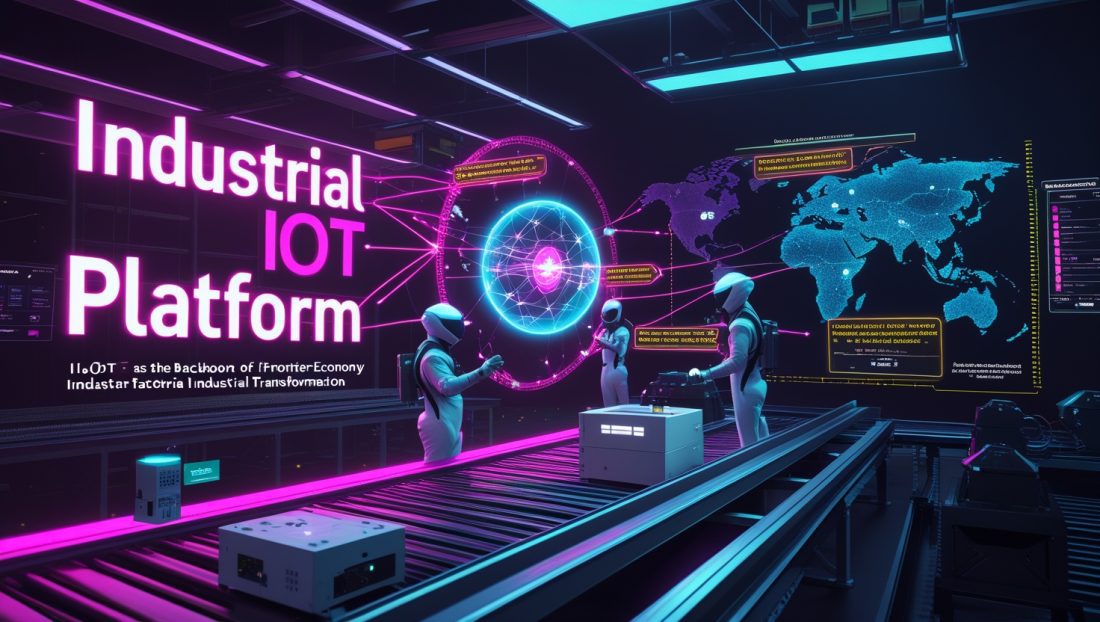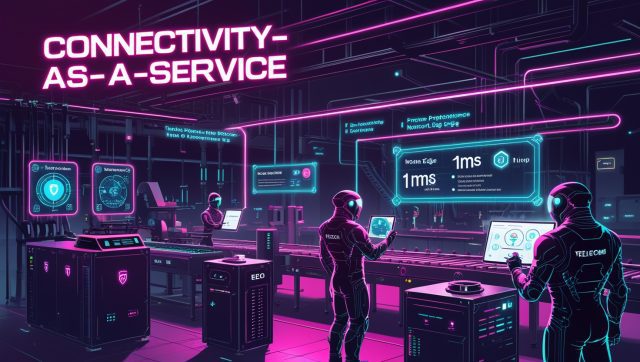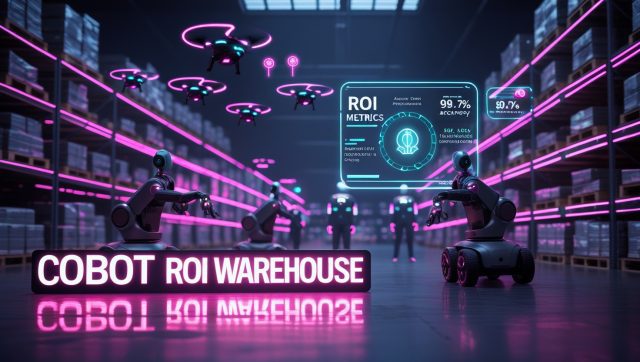The Unstoppable Rise of Industrial IoT in Frontier Economies
Emerging markets face a unique convergence of challenges and opportunities: rapid urbanization, ambitious industrialization goals, and infrastructure gaps that demand smarter solutions. By 2029, the global IoT market is projected to reach $153.2 billion, growing at a remarkable 18.8% CAGR, with Asia-Pacific leading this expansion. In regions like Southeast Asia, Africa, and Latin America, legacy industrial systems coexist with cutting-edge technologies, creating a perfect storm for Industrial IoT platform adoption.
Enterprises in these markets aren’t just chasing efficiency—they’re solving fundamental problems:
- Energy Reliability: Manufacturers losing days of production monthly to blackouts
- Skills Gap: Shortages of 2.4 million engineers in India alone by 2025
- Resource Constraints: Water scarcity impacting 60% of African factories
- Infrastructure Limitations: Spotty connectivity in remote mining and agricultural regions
Losant’s edge-to-cloud platform emerges as a strategic enabler, with deployments from Vietnamese textile factories to Nigerian oil fields demonstrating 40% faster deployment cycles than traditional IoT solutions. “The flexibility to work with existing equipment was non-negotiable,” notes Ravi Sharma, CTO of Mumbai-based manufacturer SmartFab, which reduced machine downtime by 35% using Losant’s edge computing capabilities. For deeper insights into how edge AI is slashing factory downtime, explore how edge AI industrial sound sensing cuts downtime in 2025.
Why Emerging Markets Demand a New IIoT Approach
1. The Connectivity Paradox
While 5G rollouts accelerate in urban centers, vast industrial zones remain connectivity deserts. Losant’s Edge Compute framework solves this by processing up to 80% of data locally on devices like Raspberry Pi or industrial gateways. A Colombian coffee cooperative achieved real-time bean quality sorting without cloud dependency—critical when their remote fields get only 2 hours of daily connectivity. This aligns with advancements in industrial Wi-Fi zoning for reliable IIoT networks, which ensures stable connectivity in challenging environments.
2. The Cost Imperative
With MachNation research confirming that Application Enablement Platforms (AEPs) deliver IoT solutions at 40% lower cost than in-house development, Losant becomes economically transformative. Vietnam’s VinFast auto plants leveraged Losant’s pre-built templates to monitor 12,000 sensors across 3 factories in under 45 days, bypassing years of development work. To understand how cost-effective IIoT platforms are shaping smart factories, check out this comparison of top industrial IoT platforms for 2025.
3. Sustainability Pressures
Global supply chain mandates now require emerging market suppliers to document carbon footprints. Losant’s energy optimization workflows helped a Malaysian palm oil producer slash energy consumption by 22% while increasing output—proving that sustainability drives competitiveness. For a broader perspective on how AI-driven energy optimization is transforming industries, visit Gartner’s insights on IoT sustainability trends.
Losant’s Industrial AI Edge: Beyond Hype to Tangible Impact
Predictive Maintenance That Understands Context
Traditional vibration sensors fail when machinery operates on uneven floors—common in emerging economies. Losant’s AI correlates 13 operational variables including voltage fluctuations and ambient humidity, enabling accurate predictions despite chaotic environments. Ghanaian gold miner Asanko achieved 90% prediction accuracy on crusher failures despite constant generator voltage swings.
“Most AI assumes perfect conditions. Our value lies in decoding complexity—a pump failing in Manila doesn’t behave like one in Munich.”
— Stefan Wells, Losant’s Head of Industrial AI
Edge Intelligence That Speaks Local Languages
Losant’s visual workflow engine now incorporates regional dialects and units of measure. Indian technicians at Tata Steel receive maintenance alerts in Hindi with torque measurements in kg/cm rather than N/m—removing adoption barriers that cripple imported solutions.
Data Orchestration Across Fragmented Systems
Manufacturers often juggle Soviet-era equipment alongside modern IoT sensors. Losant’s Unified Namespace (UNS) framework creates a “translation layer” between Modbus TCP, OPC-UA, and proprietary protocols. Indonesia’s state oil company Pertamina integrated 30-year-old refinery sensors with drone inspection data in 11 weeks—a process estimated at 18 months with traditional methods.
Real-World Transformations: Where Rubber Meets Road
Case Study: Revolutionizing Philippine Agriculture
San Miguel Farms faced 40% post-harvest spoilage across its pineapple network. Losant’s solution combined:
- Edge Devices: $35 moisture sensors transmitting via LoRaWAN
- Cloud AI: Spoilage prediction models trained on tropical weather patterns
- Mobile Alerts: SMS-based harvest scheduling for low-connectivity areas
Results: 28% spoilage reduction and 15% higher export-quality yield in Year 1.Case Study: Nigerian Energy InnovationWith 60% of oil wells operating without real-time monitoring, leaks went undetected for weeks. Lagos-based startup WellWatch deployed Losant’s edge agents on solar-powered gateways, creating:
- Local Control: Valve shutoffs during pressure spikes without cloud latency
- Data Prioritization: Only critical alerts transmitted via satellite
- Blockchain Integration: Tamper-proof regulatory reporting
Outcome: 89% faster leak response and $2.8M saved in first-year fines avoided. For more on how robotics and IoT are addressing critical industrial challenges, read about leak detection robots saving water without digging.
Navigating Implementation Landmines
Emerging markets present unique adoption challenges that Losant strategically addresses:
Challenge: Cybersecurity Fragility
Losant’s Answer: Zero-trust edge architecture with local encryption. Brazilian ethanol plants use Losant’s blockchain-compatible logging to satisfy EU regulatory audits. Learn more about blockchain’s role in secure IoT at Forbes’ guide to blockchain in industry
Challenge: Skills Shortages
Losant’s Answer: No-code workflow builders enabling plant managers to modify alerts without coding. A Kenyan textile factory trained non-engineers to build moisture alert systems in 3 days.
Challenge: Financing Constraints
Losant’s Answer: Outcome-based pricing where payments align with ROI milestones. Thai auto parts maker SRITI paid only after achieving 15% energy savings.
The Road Ahead: Industrial AI as Growth Catalyst
The Data Monetization Revolution
McKinsey predicts vehicle data alone could generate $750 billion by 2030. Emerging markets are leapfrogging straight to service-based models:
- Indian tractor manufacturer Escorts offers “pay-per-hectare” farming packages using Losant-collected field data
- Chilean copper mines sell ore purity analytics to global commodity traders
Sustainable Industrialization Nexus
Losant’s resource optimization capabilities position emerging economies as green manufacturing hubs. Vietnam’s SK Innovation battery plant achieved “zero-waste” certification using Losant’s material tracking—a competitive edge in EU markets.
The Talent Equalizer
Agentic AI within Losant creates “virtual engineers” that guide local technicians through complex repairs. Microsoft’s Nairobi Azure Center reported 50% faster technician certification using Losant-powered AR assistants.
Strategic Implementation Framework
For enterprises targeting emerging markets, Losant prescribes:
- Pilot Small, Scale Fast: Start with single-process monitoring (energy/quality) before plant-wide deployment.
- Hybrid Financing Models: Combine development bank funding with ROI-sharing tech partnerships.
- Edge-First Architecture: Prioritize local processing capabilities before cloud integration.
- Regulatory Co-Design: Work with local agencies to shape data governance frameworks.
- Skills Ecosystems: Train vocational schools on platform basics to build talent pipelines.
The Inevitable Shift
Emerging markets won’t simply adopt IIoT—they’ll redefine it. Nigerian drone-powered inventory systems, Indonesian volcano-resistant sensor networks, and Brazilian biofuel AI controllers represent a new generation of industrial innovation. As Sanjeev Verma, CEO of Biz4Group, observes: “The fusion of edge computing and AI is helping industries bypass traditional growth constraints, making ‘leapfrog industrialization’ an achievable reality.”
Losant’s architecture—flexible enough for Manila’s jeepney factories yet robust enough for Saudi smart cities—provides the scaffolding for this transformation. With industrial operations in emerging economies projected to generate 45% of global IIoT data by 2030, the platform’s ability to convert complexity into competitive advantage positions it as the backbone of the Global South’s industrial renaissance.→
Ready to engineer your emerging market advantage?
Explore Losant’s Edge Compute capabilities
Download Emerging Market Implementation Kit
Schedule a region-specific demo
FAQ: Industrial IoT in Emerging Markets
Can IIoT solutions work in areas with unreliable power and internet?
Yes. Losant’s Edge Compute processes data locally on devices like solar-powered gateways, syncing with the cloud only when connectivity is available. Nigerian oil fields operate with <2 hours daily connectivity.
How do we justify IIoT investments with tight capital?
Application Enablement Platforms (AEPs) like Losant show 40% lower costs than custom builds. Philippine agribusinesses achieved ROI in 5 months using phased, outcome-based pricing.
Are there cybersecurity risks for less mature digital ecosystems?
Risks exist but are addressable. Losant incorporates zero-trust architecture and blockchain-based auditing. Brazilian energy firms meet EU standards using these features.
Can local staff maintain advanced IIoT systems?
Absolutely. No-code workflow builders enable non-engineers to manage systems. Kenyan technicians create custom alerts after 3-day training.
What’s the first physical process to monitor for quick wins?
Energy optimization consistently delivers >15% savings in 3-6 months. Malaysian factories cut costs 22% while boosting output.
Your Take
Losant’s Industrial IoT platform powers emerging markets’ industrial growth through edge AI that works despite connectivity/power limitations, no-code tools that overcome skills gaps, and outcome-based pricing that aligns with budget realities—transforming constraints into innovation catalysts.



